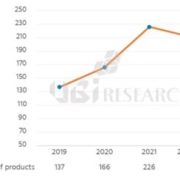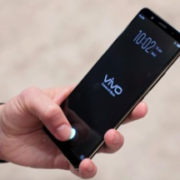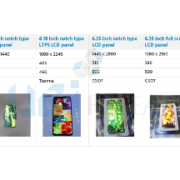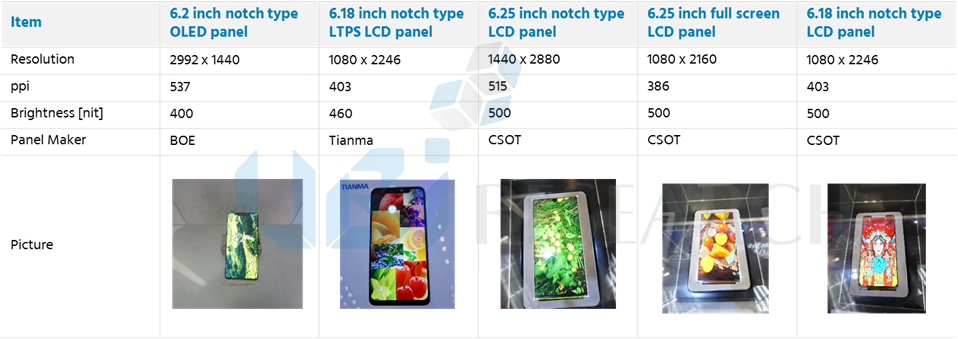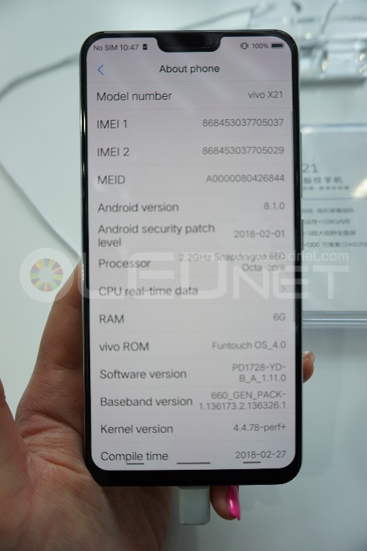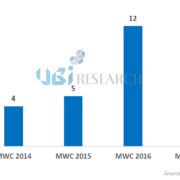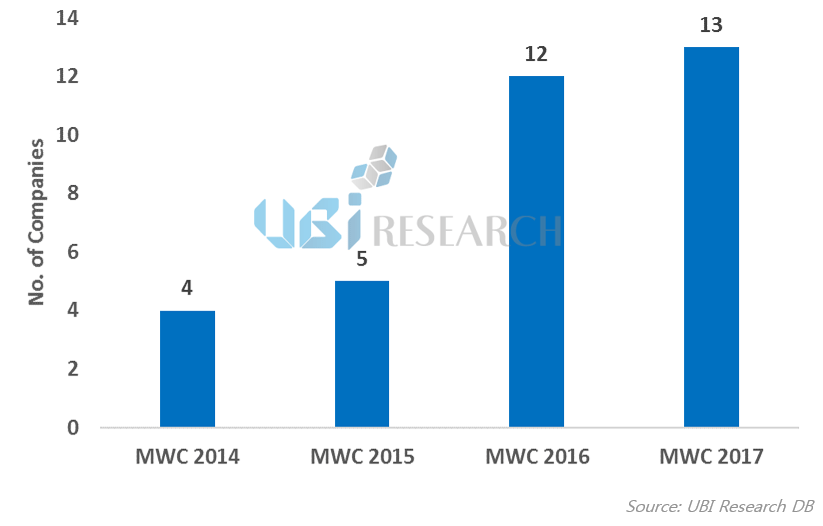Tianma’s OLED shipments for smartphones were second only to BOE among Chinese makers

TIANMA
It was found that Tianma, a Chinese OLED panel supplier, supplied the second most OLED panels for smartphones after BOE in the first quarter of 2023. In the meantime, among Chinese companies, Visionox has always been in second place after BOE in OLED shipments for smartphones, but it gave way to Tianma for the first time in this first quarter.
Tianma’s major customers include Xiaomi, Vivo, Oppo, Honor, and Lenovo. It is analyzed that one of the reasons for Tianma’s increase in OLED shipments is that it brought some of TCL CSOT’s shipments to Xiaomi.
Thanks to orders from Xiaomi, Tianma’s panel shipments have soared since the fourth quarter of last year. Tianma’s OLED panel shipments for smartphones in the fourth quarter of 2022 increased by about 3 times compared to the previous quarter, and in the first quarter of 2023, OLED panel shipments for smartphones reached 8.5 million units, an increase of 430% compared to the same quarter of the previous year.
If this atmosphere continues, it is analyzed that there is a possibility that Tianma will overtake Visionox and produce the second largest number of OLED panels for smartphones after BOE in China for the first time this year.

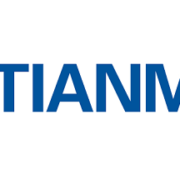
 China Trend Report Inquiry
China Trend Report Inquiry